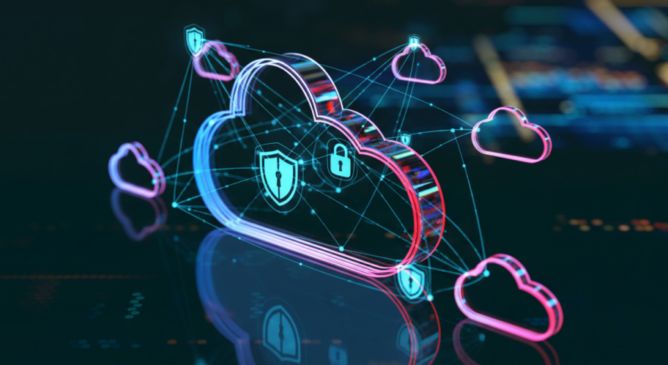

Trend Vision One™ Integration with AWS Security Hub CSPM: Unifying Cloud Security
The integration between Trend Vision One and Security Hub CSPM is exactly that, two powerful platforms enhancing each other to keep your AWS infrastructure protected.

In this post of THE AI BREACH, learn how your Chatbot can become a backdoor.


The integration between Trend Vision One and Security Hub CSPM is exactly that, two powerful platforms enhancing each other to keep your AWS infrastructure protected.


CVE-2025-55182 is a CVSS 10.0 pre-authentication RCE affecting React Server Components. Amid the flood of fake proof-of-concept exploits, scanners, exploits, and widespread misconceptions, this technical analysis intends to cut through the noise.


By Christina Decker, Director Strategic Channels Europe, Trend Micro


In this blog entry, Trend™ Research provides a comprehensive breakdown of GhostPenguin, a previously undocumented Linux backdoor with low detection rates that was discovered through AI-powered threat hunting and in-depth malware analysis.


CVE-2025-55182 is a critical (CVSS 10.0) pre-authentication remote code execution vulnerability affecting React Server Components used in React.js, Next.js, and related frameworks (see the context section for a more exhaustive list of affected frameworks).


In today's cloud-first world, security teams face an overwhelming flood of alerts, fragmented visibility, and reactive workflows. The complexity of modern cloud environments—spanning multi-cloud deployments, ephemeral assets, and decentralised ownership—demands a new approach to risk management.


Job seekers looking out for opportunities might instead find their personal devices compromised, as a ValleyRAT campaign propagated through email leverages Foxit PDF Reader for concealment and DLL side-loading for initial entry.


Through AI-driven code conversion and a layered infection chain involving different file formats and scripting languages, the threat actors behind Water Saci are quickly upgrading their malware delivery and propagation methods across WhatsApp in Brazil.


More and more enterprises are opting for cloud-native application protection platforms (CNAPPs) instead of complex and hard-to-manage cloud security point solutions. Find out where your organisation is on its CNAPP maturity journey.


Learn to elevate your cloud security strategy & overcome complexity with Vision One™.